A guide to fixing a shed’s felt roof
A guide to fixing the felt roof on your shed
With summer on the way, it might be time to fettle your shed, repair the roof and make that extra garden storage work for you. Whether you intend to use your shed for tools, garden equipment, or even bikes, the extra storage will no doubt come in handy and has the ability to transform your outside space. You can even go a stage further, making use of it by (inexpensively) collecting the rainwater by adding a Miniflo kit to a water butt.
Do your maths! +%-£
Replacing a whole shed with one of equivalent size and quality can be expensive, and don’t forget the work required to simply dismantle and dispose of your existing shed. You should also factor in the transport and erection costs a new shed might incur – factors that could really make you ‘shed a tear’...
Assess the shed felt roof – does it simply require patching?
Have a look over the shed’s roof to see if the felt has decayed beyond repair, or the wind has just got underneath it and ripped a hole. If the latter, it requires a simple repair job with a small patch piece of felt and some felt adhesive, that can be done quickly and easily.
Even if your shed roof has gone beyond its lifespan, a shed roof replacement can be a relatively straightforward job too. Check out our guide on fixing a shed’s felt roof below - it’s easy when you know how!
Materials list
- 'Clout' nails.- a large diameter head which is used to stop the felt tearing through.
- Shed felt adhesive.
- Bituminous shed roof felt- sometimes called tar paper.
This has varying grades, and can be the cheapest material in up-front cost. but also because it is the only material that most people know as a shed roofing material.
Note: Roofs take a lot of hammering from the elements, so consider the location and exposure to dampness caused by overhead trees. There are other shed roof materials available which are covered later.
- Basic DIY skills & personal protective equipment (PPE), including glasses to protect your eyes from the debris caused by worn brittle felt.
Step-by-step
- Remove the old felt. Previously tacked along the edges remove these with a claw hammer.
Note: Nails that break should be hammered below the surface to ensure no sharp edges. - Remove any finials or fascia boards.
- Check your timber and replace where necessary. This might be an opportunity to apply some wood preserver.
- Lay new felt: shed felt is normally a metre wide and is applied horizontally. It’s usual to have an overlap, so always allow 5cm. Smooth it out to prevent wrinkles. Tack around edges and along. Cover the top edge with an overlap – glue with felt adhesive.
- Create a ridge cap with a strip approximately 20cm wide – if in doubt, be generous.
- Optional: Affix gutter and add a Miniline rainwater shed kit!
For a shed tucked away at the bottom of the garden, standard felt is perfectly fine, but at Burton Roofing Merchants we like to encourage a bit of ‘Shedonism’! If your shed is visible and you want to give it the wow factor, or if you want the shed roof to be more hardwearing and last that bit longer: we have other attractive alternative shed roof coverings you may want to consider:
- Felt tiles
https://www.burtonroofing.co.uk/blog/fixing-felt-roofing-shingles/
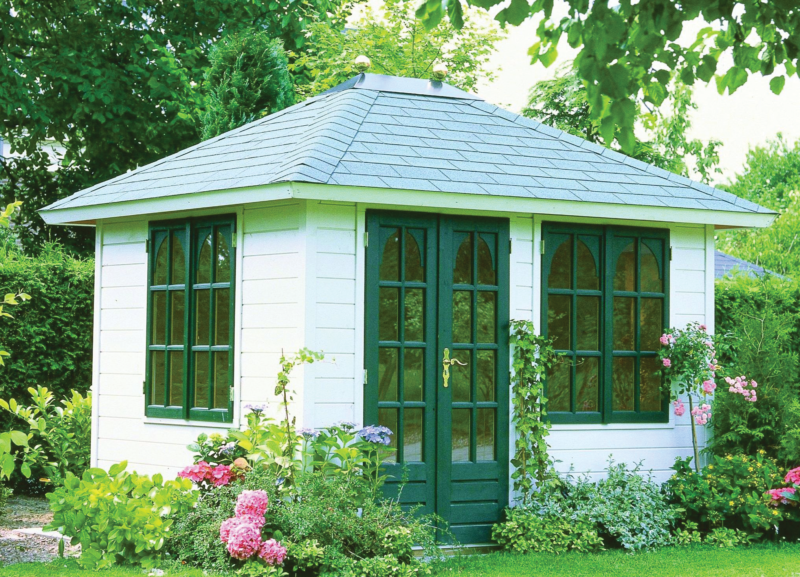
- Wooden Shingles
Sustainable, natural and highly durable materials that create a superbly attractive addition to your garden. We supply Cedar or Oak shingles.
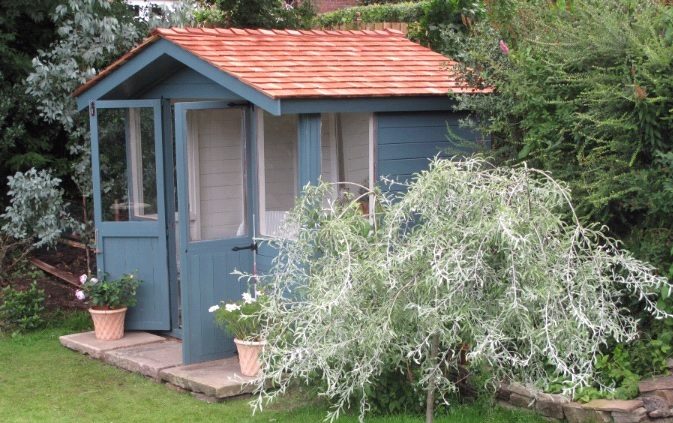
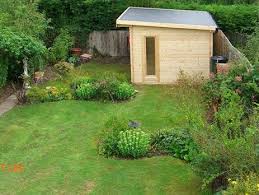
- Green Roof kits
Easy to install, each unit simply slots into the next. Our sedum and wildflower kits from Grufekit really are a readymade garden. See the product range here.
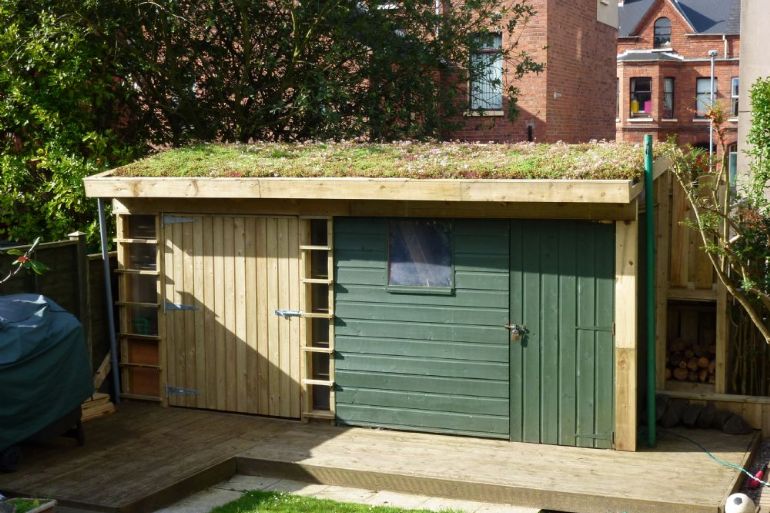
- Corrugated Bitumen sheet
CORRAPOL-BT is a bitumen impregnated sheet which provides waterproof roofing that's perfect for outbuildings including log stores, sheds and garages. It's available in black, brown, red and green.
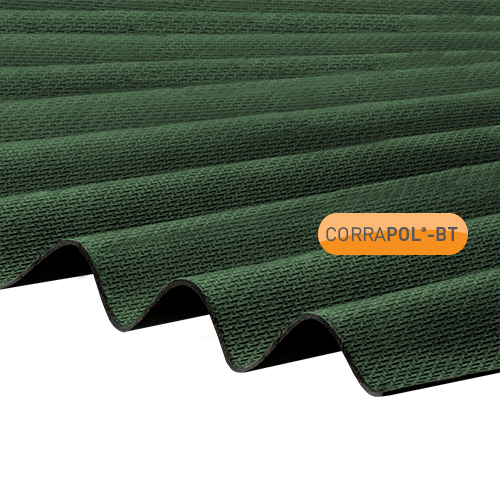
- Fibreglass GRP from CureIt
With a life expectancy of over 40 years fibreglass will last a lot longer than a felt roof. Our 12m kit is perfect for a shed, garden room or summerhouse.
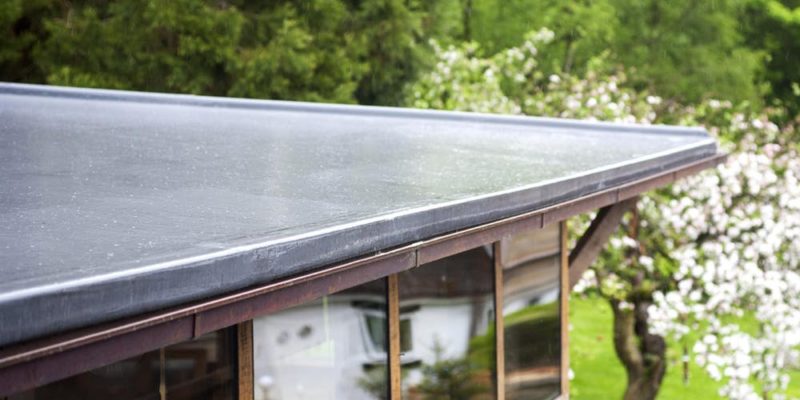
Need further advice, recommendations or installation instructions for shed roofing materials? We are on hand to help. Please get in touch!
